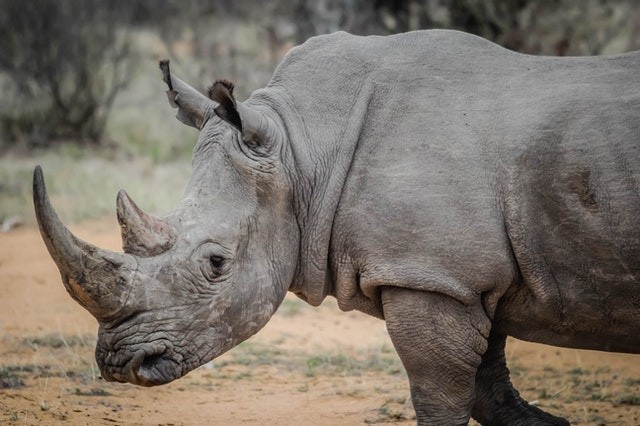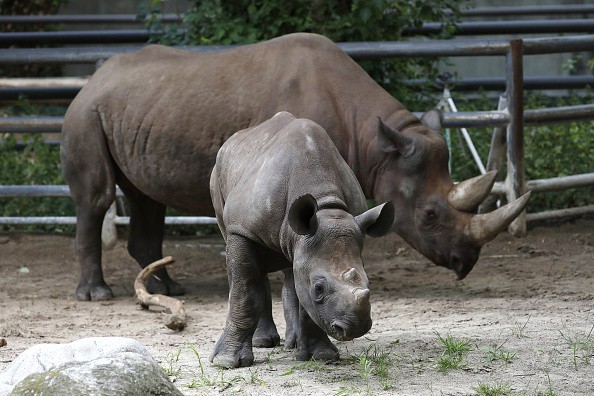The giant rhinos are estimated to weigh around 48,000 pounds, which is equivalent to the size of about six elephants.

Linxia Giant Rhino
Millions of years ago, about 31 million to be precise, giant rhinos wandered the earth. These were the largest land mammals that existed. According to CNN, Paleontologists working in China have found a new giant rhino species. This new horn-less species is referred to as Linxia Giant Rhino or Paraceratherium linxiaense.
A US and Chinese research team, led by Deng Tao from the Institute of Vertebrate Paleontology and Paleoanthropology (IVPP), examined the fossils discovered in 2015 in northwestern China. The findings were released recently in a new study in the journal Communications Biology.
Deng told the outlet about the finding saying, "Generally fossils come in pieces, but this one is complete, with a whole skull and a very complete jaw, which is uncommon." Adding that the skull was over three feet (a meter) long, and it was very uncommon for a skull of that size to be preserved. "We also discovered the cervical spine." This animal's size is incredible. And Deng puts it, "This is the largest mammal ever to have lived on land."
How Heavy is a Giant Rhino?
The giant rhinos are estimated to have weighed around 48,000 pounds (24 tons), which is the size of about six elephants. The bodies of the rhinos were 26 feet long, the shoulders were around 16 feet off the ground, and the heads were around 23 feet off the ground.
The rhino would have also surpassed giraffes, which can grow to be about 18 feet tall. Adult male giraffes may be over 18 feet in height by way of comparison, with females reaching about 14 feet.
According to CNN, Paraceratherium linxiaense was at times found in Eastern Europe but mainly lived in Mongolia, Kazakhstan, China, and Pakistan. Deng explains that these animals descended from those that inhabited Pakistan.
This implies they would have had to pass through the Tibetan plateau on their way north, and the plateau was remarkably lower than it presently is. He added, saying that animal migration is connected to climate change. So when the Mongolian plateau dried up 31 million years ago, they migrated to the south.

Changmiania liaoningensis
"Then the weather got wet, and they moved back to the north. Therefore, this finding is of great significance to the study of the entire plateau uplift process, environment, and climate," he lastly stated.
Archeologists found two well-preserved fossils of a new 125 million-year-old dinosaur species in the Lujiatun Beds in September 2020, the oldest layers of the popular Yixian Formation in northeastern China. Scientists thought volcanic eruption trapped the burrowing dinosaurs, Changmiania liaoningensis, while resting at the bottom of their burrows.
For more news, updates about giant rhinos and similar topics don't forget to follow Nature World News!
© 2025 NatureWorldNews.com All rights reserved. Do not reproduce without permission.





